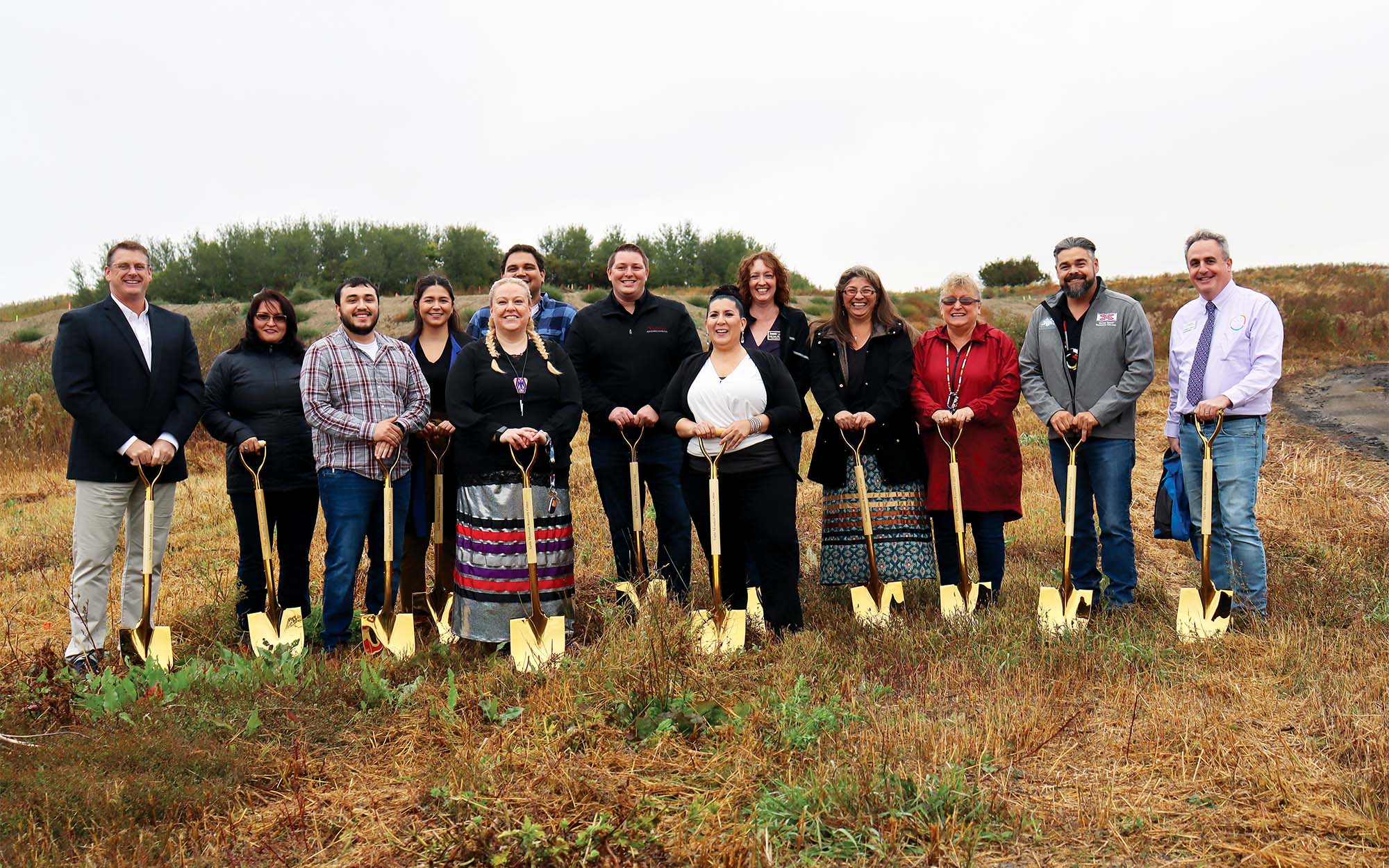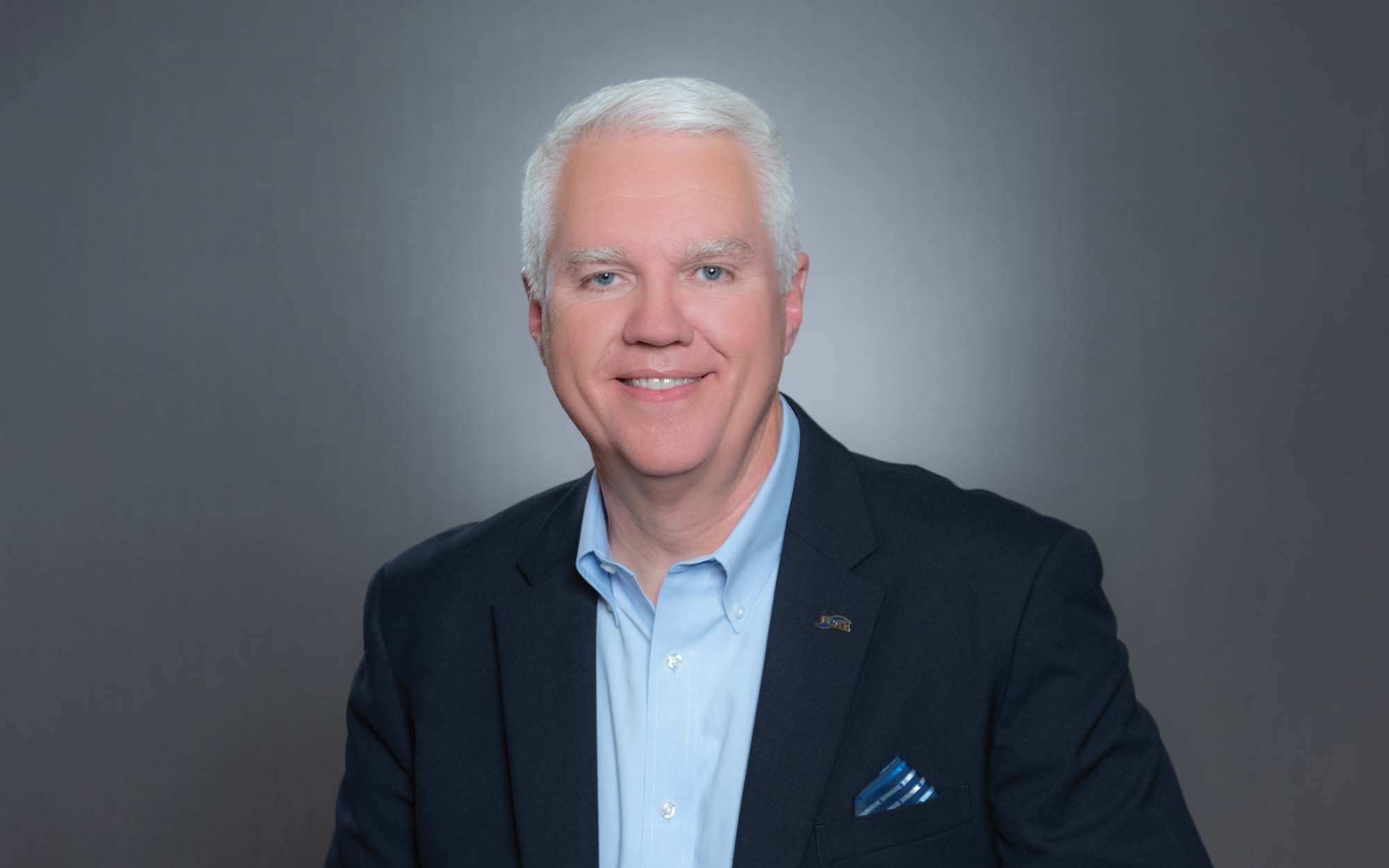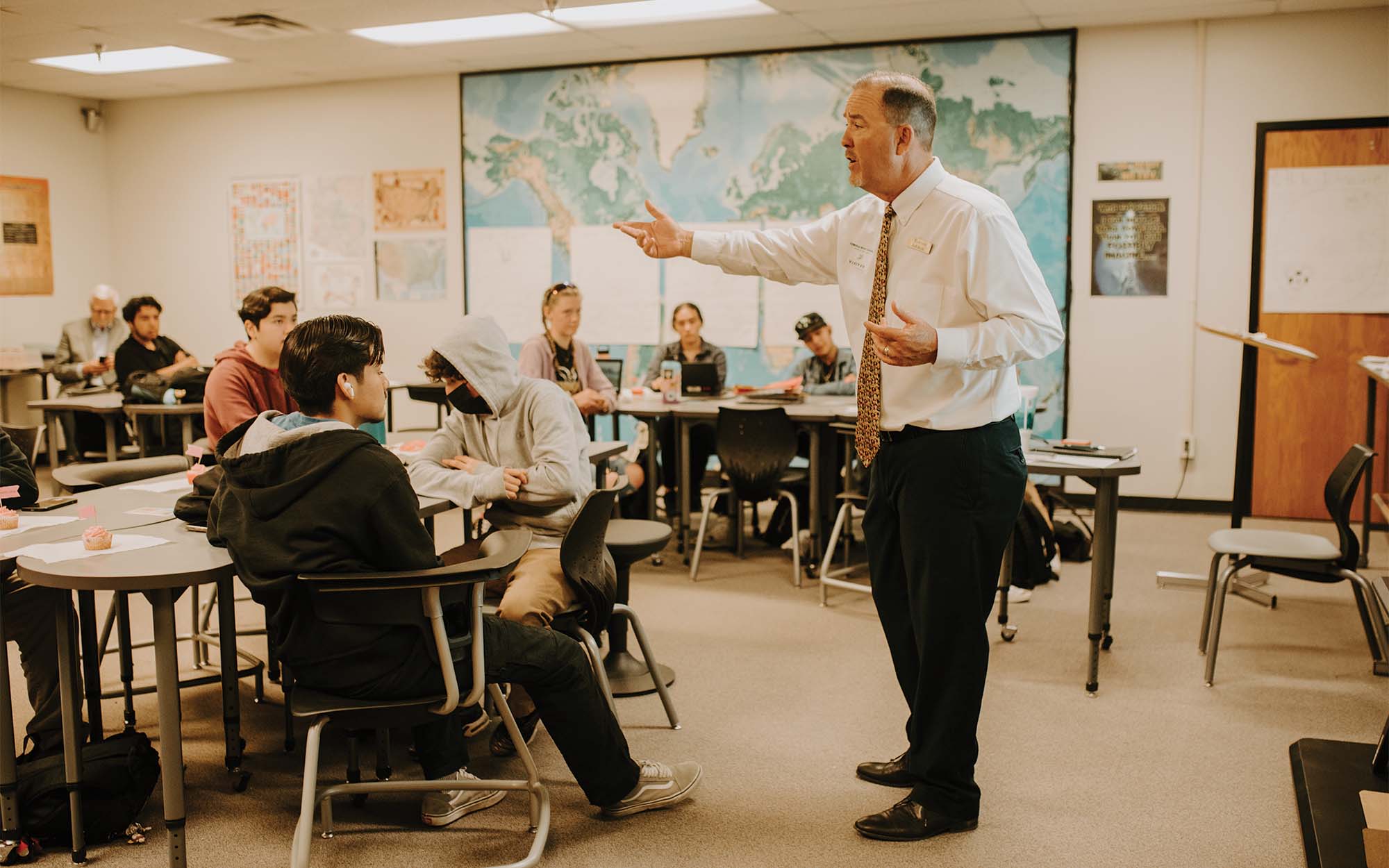On an average day, 250 Americans die from a drug overdose. This number has increased over time, rising sharply during the pandemic and disproportionately affecting American Indian and Alaska Native people.
The Turtle Mountain Band of Chippewa (TMBC) in Belcourt, N.D., is one of the tribes affected by America’s opioid epidemic. After Denver-based Native American Bank heard it was in need of an opioid treatment facility to address the problem, the $230 million-asset community bank used tax credits and a USDA loan guarantee to help the tribe bring a new $10 million facility to the reservation.
Quick Stat
31,000
The number of members of the Turtle Mountain Band of Chippewa
Source: North Dakota Studies
TMBC is a geographically isolated tribe comprising about 31,000 members. According to the Institute of Museum and Library Services (IMLS), the tribe is dealing with multigenerational distress, a nearly 70% unemployment rate, insufficient education and rising crime rates—some of which can be attributed to drug trafficking issues.
“This tribe is situated in extreme northern North Dakota and has a decent land base, but it’s very remote by virtue of its location,” says Shannon Ward, senior VP and chief lending officer at Native American Bank. “Because of this, the reservation itself faces challenges associated with characteristics that similar reservations face when it comes to limited job opportunities—and opportunities in general—for reservation and community members.”
Putting federal programs to work
Thomas D. Ogaard, Native American Bank’s president and CEO, says the bank got involved when it was approached by the Native tribe who had already secured a new markets tax credit (NMTC) allocation but could not find a willing lendor. This incentivizes community development and economic growth using tax credits that attract private investment to distressed communities.
Native American Bank made a $10 million loan for the treatment facility that was secured by a leasehold deed of trust and included both the NMTC component and a USDA loan guarantee.
“[The NMTC investor was] familiar with the work we’ve done in Indian country in the past,” says Ogaard, “and on other projects that combined the new market tax credits and the USDA guarantee.”
Native American Bank’s part of the project took about 10 months to complete and kicked off with a site visit. It then progressed through the many steps required to secure the NMTCs and the USDA guarantee.
Along with understanding the project’s financial implications and funding programs, Native American Bank also took the time to learn more about the tribe itself, its needs and challenges, and what life on a reservation entails. It also worked with Bremer National Bank, the investor that put cash equity into the project. “Because of our previous work in this area, we were excited to have the opportunity come to us and to potentially work more with the TMBC in the future,” says Ward.
A vanguard for similar projects
Once completed, the 80-acre site will offer both inpatient and outpatient services and incorporate 16 residences and a health clinic. The clinic will incorporate traditional practices focused on healing and will factor in the tribal community’s own recovery and healing processes. It’s expected to open within two years.
“This [treatment facility project] dovetails exactly with what we intend to do and support in the community. This also wasn’t a one-off type of transaction; it’s about building relationships rather than handling a transaction.”—Thomas D. Ogaard, Native American Bank
“The clinic will provide support in treating behavioral disorders,” says Ward, “while also offering the traditional approaches that TMBC would practice in terms of addressing disorders.”
A groundbreaking ceremony took place in November 2022, and construction is now underway for the new facility. Vice President Kamala Harris and Janet Yellen, secretary of the Treasury, recognized Native American Bank’s efforts during their remarks at the 2022 Freedman’s Bank Forum and the 2022 White House Tribal Nations Summit.
According to Ogaard, the treatment facility project “simply fits” with the community bank’s direction as a mission-oriented financial institution that’s dedicated to bringing access to financial services and capital in Indian country. “This dovetails exactly with what we intend to do and support in the community,” he adds. “This also wasn’t a one-off type of transaction; it’s about building relationships rather than handling a transaction.”
In fact, Native American Bank is already working with three other borrowers on projects that will include a health clinic and/or behavioral health component.
According to Ward, these projects will combine NMTC equity and USDA guarantees. “The Turtle Mountain project is just the first of several similar treatment center projects,” she adds. “Tribes have a concerted interest in providing these types of services to their communities and, in some cases, outside of their communities. We’re here to find solutions for those types of opportunities.”






